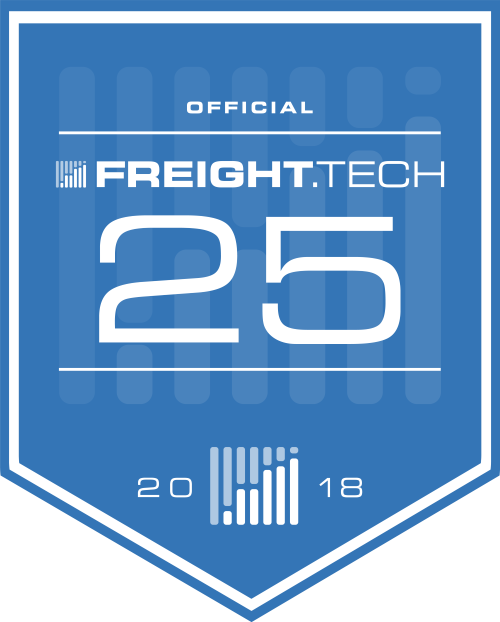January 11th was Human Trafficking Awareness Day. As a company that’s committed to transparency in the transportation industry, it’s important to us that drivers look out for each other and for those they encounter.
As a driver, you encounter more people than average, and you’re in travel settings (like truckstops) where it’s more common to come across traffickers. It’s important to know the signs of trafficking and what to do if you notice them.
What do you look for? How do you react? Here’s what you need to know.
Signs Of Trafficking
The first step is to watch for signs of trafficking. While many victims are women and children, the age, gender, and race of trafficking victims can vary, so don’t rely on that alone.
Instead, look for:
- CB talk about a “commercial company”
- Someone who looks malnourished, or who has signs of physical injuries or abuse
- Fear, discomfort, not being allowed to speak, or speaking as if there’s a script for what they have to say
- A person who doesn’t know where they are
- Someone who is hovering closely to another person and tries to keep them from interacting with others or is trying to rush them out of the area
If you notice someone like this, try to talk to them and ask some questions, such as who they are traveling with, whether their family knows where they are, the last time they saw their family, or whether they are free to go where they please and talk to whoever they want.
What to Do if You Notice Likely Trafficking
Once you’ve realized that something is wrong, what do you do?
Don’t approach traffickers directly. It’s dangerous for you and the victims, and it can impact prosecution as well.
If you think there is a crime in progress immediately, such as a minor being sold for sex, call 911 immediately. In other cases, call the National Human Trafficking Hotline at 1-888-373-7888. You can also text INFO or HELP to “BeFree” (233733).
The hotline is anonymous, and you don’t have to be 100% sure there’s trafficking to call. If you’re suspicious and have noticed some of the above signs, that’s enough.
You’ll want to provide as much of the following information as possible, and take pictures if it’s safe:
- Description of cars or trucks involved, including make, model, color, plate, truck number, and/or USDOT number
- Description of people involved, including height, hair, notable markings, clothing, age, and more
- Times, dates, and locations where you noticed suspicious activity
Can you make a difference? One driver who called law enforcement ended 18 days of kidnapping, torture, and trafficking for a 20-year-old woman, and sent the traffickers to jail for a combined sentence of more than 80 years.
When you make a report and an area is investigated, even if nothing concrete is found, it’s likely that traffickers will not use that area as often in the future. Trafficking flourishes when it’s ignored and people are in denial.
Other Ways to Get Involved
There are a variety of ways to get involved in the fight against trafficking. Truckers Against Trafficking (TAT) is an organization that offers training for individuals and companies.
They offer truck window decals letting victims know how to get help, and wallet cards that help you know what signs to look for and remind you of the National Human Trafficking Hotline phone number.
You can advocate for trafficking awareness, encourage your carrier to provide TAT resources and training for all drivers, and even have conversations as part of
the “Man to Man” campaign designed to lower demand for trafficking victims.
If You See Something, Say Something
All of us have a responsibility to our fellow citizens to keep our eyes open and report what we see. Because trafficking is something that happens “in the dark,” traffickers frequently move victims, which is when they enter your world.
Dock411 is built around the idea that when people have more information, they make better decisions and are more effective. That requires relying on each other the be the eyes and ears we need.
If you notice something unusual going on, make the call. An investigated report may save a life, and at the very least, it will discourage traffickers from using that area for their crimes.
